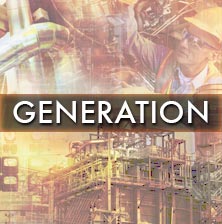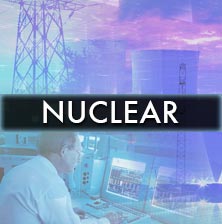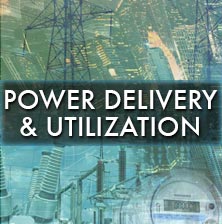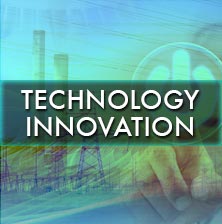The following is a small selection of items recently published by EPRI. To view complete lists of your company-funded research reports, updates, software, training announcements, and other program deliverables, log in at www.epri.com and go to Program Cockpits.

This study examined the use of induction as an alternative to ceramic blankets for post-weld heat treatments on large components, with an emphasis on creep-strength-enhanced ferritic steels. The goal was to demonstrate the capabilities and limitations of induction through a systematic evaluation of setup parameters, such as heated band width and coil looseness.

This 8-volume guidebook equips nuclear plant operators to plan and implement continuous online monitoring, including new sensors, communication systems, and analytical tools.

This tool enables companies to analyze the sustainability value generated by a project and develop a strategy to maximize the value.

In this research, EPRI canvassed utilities for innovative applications of advanced metering infrastructure data and examined a subset of the applications—what data is used, for what purpose, and the business impacts.

This research examined how fuel performance codes can help predict fuel integrity during flexible operations of nuclear power plants. Researchers also developed a new model to improve prediction of fuel behavior.

Alarm system designs can contribute to alarm overload, which can lead to the omission of important alarms, delays in alarm detection, and increased workload. In this research, EPRI developed and tested methods to reduce alarm overload.

Increasingly, power plants use membrane water treatment technology for production of makeup water for the boiler and turbine steam cycle. This report discusses the basic concepts of membrane treatment systems, along with operating guidelines for monitoring, troubleshooting, and cleaning.

This review of the scientific literature characterized the designs of proposed concepts for molten salt nuclear reactors and the material degradation processes associated with each design.

In this project, participants will develop practical knowledge, guidelines, and experience to build and maintain accurate, up-to-date distribution grid models that can be used throughout a company.

This first-of-its-kind field study investigated the use of film-forming products to reduce off-line corrosion in a steam turbine’s phase transition zone. Researchers exposed carbon and stainless steel specimens to low-pressure steam from a feedwater heater on a supercritical unit. Contaminants and various film-forming products were injected into the steam.

This report examines the methods, results, conclusions, strengths, and limitations of a study by Swanson et al. (published in the Journal of Radiologic Protection) on the association between exposure to magnetic fields and childhood leukemia risk.

This report examines technology that uses ammonia for energy generation for the transportation sector—state of the technology, value to the power industry, and collaborative research opportunities.